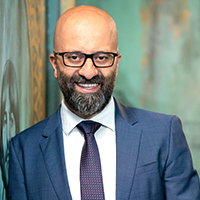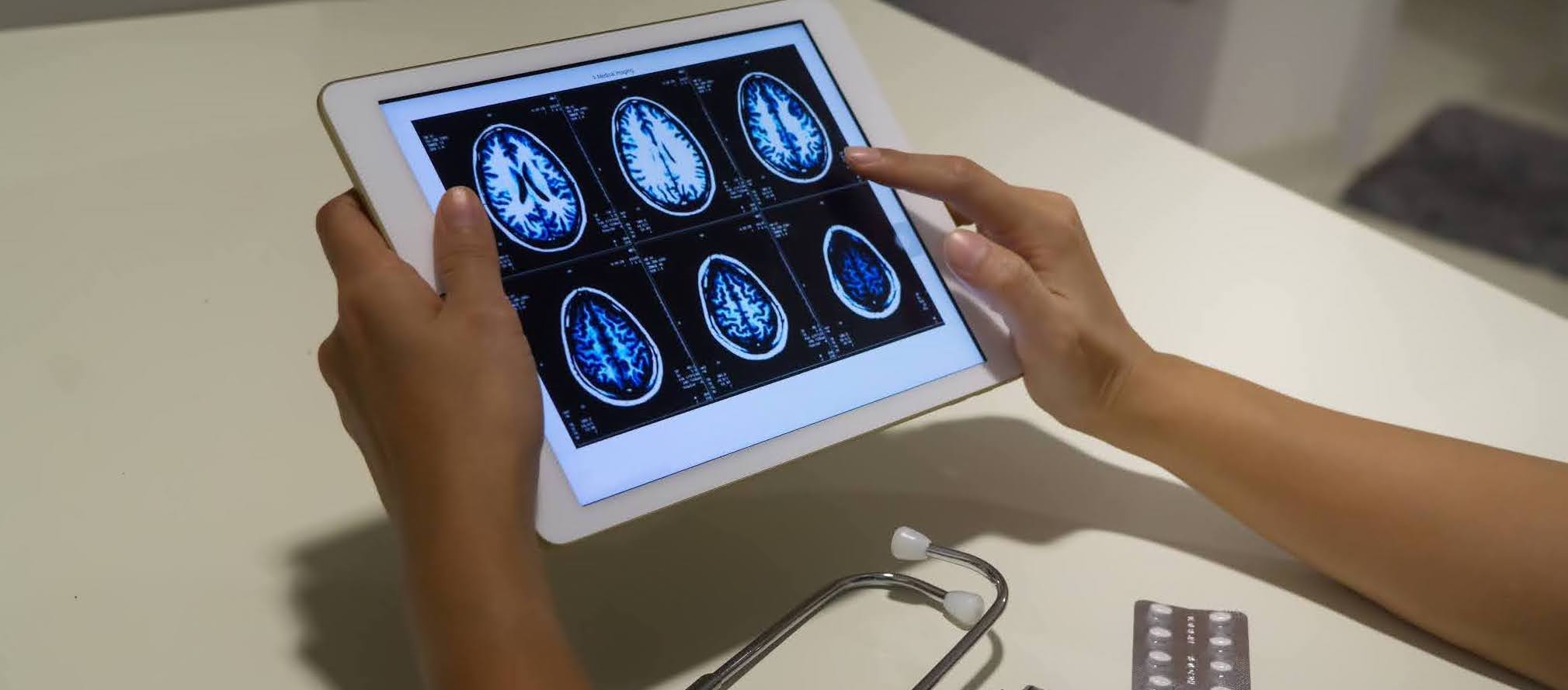Transforming the lives of patients for the better is one of the most rewarding aspects of delivering the highest quality patient care. However, medical professionals also carry considerable levels of responsibility and risk. There are many aspects of implementing appropriate systems and processes to manage the high levels of medical and procedural responsibilities required to operate a modern medical practice.
What is clinical risk management?
Clinical risk management spans all facets of patient care, including protecting confidential patient information in secure systems, managing levels of fatigue and burnout among staff, maintaining and improving clinical skills, keeping up to date with the rapid pace of new medical developments, and following up with test results, appointments and all other appropriate check-ins with patients. These priorities are in addition to the daily challenge of operating a thriving business.
So how is it done?
Regardless of the exact nature of the risks at hand, effective clinical risk management strategies all follow the same fundamental approach:
- Identifying the risk
- Assessing the frequency and severity of the risk
- Tracking staff actions to ensure the level of risk is reduced or eliminated
- Assessing the potential costs saved by reducing the risk
- Determining the costs involved if the risk does eventuate
The above process appears to be fairly straightforward. However, due to the number of potential risks involved with operating a fast-paced clinic, it can be incredibly time consuming to properly identify, track, and manage these risks with out the help of technology.
Essential practice management software insights for effective clinical risk management
1. Review where information flow falters
Information gaps occur when practitioners, patients or support staff don’t have the information they need to make the best decisions. Where the flow of information falters, there’s an increased risk of miscommunication, potentially leading to escalating logistic, administrative and medical problems. This could mean patients don’t receive the timely treatment they need, inadequate resourcing ensue and staff are inundated with administrative tasks.
By leveraging a practice management platform that captures, streamlines, and even automates the flow of information can greatly reduce the risk of error or omission.
2. Evaluate the length and complexity of common procedures
Improving efficiency of workflows and raising the standard of patient care provided begins with gaining a proper understanding of the processes in place. Invest time to audit the common processes undertaken in your clinic, for example how long must patients wait between consultations, referrals, test results or treatments?
The more complex the procedure:
- The higher risk of information being lost or steps being missed. How many steps are involved in repetitive procedures such as accepting a new patient?
- The longer patients must wait to receive crucial care. Unnecessary waiting time or delays in receiving test results or documents combine to decrease overall patient experiences and satisfaction.
By properly establishing baselines for each common procedure, it's possible to more accurately pinpoint when issues are occurring that cause delays. Furthermore, a clear overview of your clinic operations can help to identify and implement better workflows, including where steps can be improved, merged or even eliminated.
Your practice management software can play a key role in helping to properly review the documentation and workflows around these procedures. It also provides a permanent historical record of all your practice's procedures, how they should be performed, and can assist in providing insights that can lead to improvements.
3. Leverage technology to improve practice efficiency
Fatigue represents one of the major risk factors to a medical practice. Unfortunately, working long hours is incredibly common in the healthcare. Among physicians it leads to increased risks of medical errors and misdiagnoses. It has even been shown to mirror the negative effects on judgment and decision-making ability that are associated with low levels of alcohol intoxication. This poses a very real risk to patients who reply on precision decision-making from their care provider.
Reducing fatigue and the associated risks relies on effectively empowering practitioners to tackle the issue of burnout for themselves, while also minimising the daily stresses.
Using a modern practice management platform can the reduce administrative burden on physicians meaning they can avoid becoming bogged down in excessive levels of administrative work, enabling them to have more time and energy to focus on face to face time with patients.
Over to you
Like all aspects of managing a growing practice, effective clinical risk management is an ongoing endeavor. It requires having a thorough understanding of the processes and procedures performed in your clinic and for all staff members take ownership over their role in helping to reduce risks. It also requires an investment in supportive technology to ensure your efforts are being monitored and maximized.
Outdated practice management systems not only increase your risks, but they can also cost your clinic valuable time and money. So how does your practice fare when it comes to efficiency? Using the latest healthcare insights and data, we’ve developed a useful Practice Efficiency Calculator. Simply click below and pinpoint how efficient or inefficient your practice is, and discover how to implement smarter healthcare systems in your clinic today.
Clinic to Cloud does not provide tax, legal or accounting advice. This material is for informational purposes only and is not a substitute for independent professional advice. You should consult your own tax, legal and accounting advisors before engaging in any transaction. See the Clinic to Cloud Disclaimer for further information.




